Buying a robot vacuum can feel like navigating a minefield of confusing specs, marketing buzzwords, and reviews that leave more questions than answers. You've probably seen those viral clips of a robot vacuum getting tangled in Christmas lights or launching cat litter across the kitchen like confetti.
Here's the truth: a good robot vacuum will quietly become your favorite household helper. A bad one will have you muttering under your breath every time it gets stuck under the couch or leaves mysterious streaks across your hardwood floor.
This guide cuts through the marketing fluff and gives you clear, actionable advice on choosing the right robot vacuum for your home. We'll cover what really matters, what features to prioritize, and how to avoid common buyer mistakes.

8 Robot Vacuum Features That Actually Matter
1. Suction Power: It's Not Just About the Numbers
Suction power is typically measured in Pascals (Pa) or Air Watts (AW), and while big numbers look impressive, they don’t tell the whole story. Debris pickup also depends on airflow, brush design, and how well the vacuum maintains power under load. A vacuum with 25,000Pa but poor airflow may still leave behind cereal or pet hair.
What to look for: Suction power of at least 4,000–5,000Pa is solid for general cleaning. For homes with pets or high-traffic areas, 8,000Pa+ is ideal. Dreame's X50 Ultra, for example, delivers 20,000Pa with a 90,000RPM motor—but more importantly, pairs it with an aerodynamic system for quieter, more efficient cleaning.
2. Mopping: Scrubbing Pads vs Roller Mop
Many robot vacuums now include mopping, but not all systems deliver a true clean. Dragging a damp cloth is basic, but active scrubbing or roller mopping makes the real difference.
What to look for: Dual rotating mop pads or vibrating pads that apply downward pressure to scrub your floors. Or roller mop systems that continuously wash and squeeze out dirty water for a fresh clean every pass.
Look for models with features that prevent carpets from getting wet. For example, Dreame’s mop pads lift up and MopExtend™ extends up to 1.58in (4cm) to reach into corners and under furniture where most vacuums give up. The rolling mop system is equipped AutoSeal™ roller guar that covers the mop once the vacuum is on carpet.

3. Navigation: Smart Mapping vs. Bumper Car Mode
Good navigation means your robot maps efficiently and gets the job done. There are generally three types of navigation:
- Random path (no mapping): Cheap models that bounce around blindly.
- LDS/LiDAR: Uses lasers to create a map of your home. Great for structured coverage.
- Visual & AI camera systems: Use RGB/3D cameras to recognize objects like cords, shoes, and pets.
What to look for: Choose a model with LiDAR or LDS-based navigation, as it provides reliable, room-by-room coverage with fewer missed spots. For homes with lots of furniture or varied layouts, navigation that combines mapping with adaptive movement will deliver the most efficient clean.
Many advanced Dreame models support these features. For instance, Dreame’s VersaLift system elevates the LiDAR for 360° scanning, then lowers it to clean under beds or sofas—maximizing both mapping accuracy and reach.

4. Brushes: The Unsung Heroes (Especially If You Have Pets)
If you have pets, this is make-or-break territory. Regular brushes wrap hair, clog fast, and require constant detangling.
What to look for: Dual-brush systems with rubber and bristle combinations work best. It's like having a skilled barber for your floors. Anti-tangle designs and TÜV-certified systems like Dreame’s HyperStream™ Detangling DuoBrush help prevent snarls and make cleanup easier.
5. Battery Life & Charging Speed: Don't Settle for Half-Clean
Nothing's more frustrating than coming home to discover your robot gave up halfway through the living room. You need enough power to finish the job, not just start it enthusiastically.
What to look for: At least 90 minutes of runtime for general homes. Charging should take no more than 5 hours. Dreame X50 Ultra packs a 6,400mAh battery with 30% faster charging than its peers, ensuring an uninterrupted cleaning experience.
6. Obstacle Navigation: Can It Handle Your Real Life?
Robot vacuums need to deal with real-life clutter—dog toys, charging cables, socks, and weird thresholds between the kitchen and dining room.
What to look for: Step-climbing of at least 0.79in (2cm); advanced bots go up to 2.36in (6m). Dreame's ProLeap™ System has been upgraded in brand-new models, featuring retractable legs that can climb up to 3.15in (8cm) double-layer steps. This advanced system prevents the vacuum from getting stuck, ensuring seamless and efficient cleaning.

7. Maintenance: Low vs. High Drama
Auto-empty is table stakes now. But what about mop cleaning? Drying? Station maintenance? Some robots create more work than they solve. No one signed up to deep-clean a robot and its work station every week.
What to look for: Auto-empty bins, mop washing (with hot water if possible), hot air drying, and auto-refilling tanks. Dreame X50 Ultra (176°F / 80°C wash) and L20 Ultra (158°F / 70°C wash), for instance, deliver full auto-care for deep cleaning and mildew prevention.
8. Smart App & Features: Your Daily Reality Check
You'll interact with this app daily. If it's terrible, your robot vacuum experience will be terrible. Period.
What to look for: Easy map editing, multi-floor support, room-specific settings, error alerts, and real-time monitoring. Dreame vacuums now support voice control commands via third-party assistants, including Alexa, Siri, and Google Home, seamlessly integrating with your smart home ecosystem without lifting a finger.
Summary Table of Robot Vacuums
| Model | Suction | Mop tech | Dock functions | Obstacle ↕ capabilities | Battery | Navigation highlights |
|---|---|---|---|---|---|---|
| X50 Ultra | 20,000 Pa |
Extendable Dual Rotary Mops 176°F (80°C) Water Mop Washing |
Up to 100 days auto-empty, hot-wash, hot-dry, self-clean board |
2.4in (60mm) Two-step |
6,400 mAh / 220 min | Liftable LiDAR + AI camera |
| L40s Ultra | 19,000 Pa |
Extendable Dual Rotary Mops 176°F (80°C) Water Mop Washing |
Up to 100 days auto-empty, hot-wash & dry |
1.57in (40mm) Two-step |
5,200 mAh / 180–210 min | LiDAR + AI Action |
| Aqua10 Ultra Roller | 30,000 Pa |
Extendable Roller Mop 212°F (100°C) ThermoHub™ self-cleaning |
Up to 100 days auto-empty, dust bag drying, hot air roller drying |
3.15in (80mm) Two-step |
6,400mAh | AI Camera x2 + Lateral 3D Structured Light |
| L50 Ultra | 19,500 Pa |
Extendable Dual Rotary Mops 167°F (75°C) wash, Water Mop Washing |
Up to 100 days auto-empty, hot-wash, hot-dry |
2.36in (60mm) Two-step |
6,400 mAh | LiDAR + AI 3D |
| L10s Ultra | 5,300 Pa | Dual rotary, 2 h hot-air dry | Auto-empty, wash, dry | 0.78in (20mm) | 5,200 mAh / 210 min | AI cam + LiDAR |
| D20 Plus | 13,000 Pa | Detachable Mop Pad | Up to 150 days auto-empty | 0.79in (20mm) | 5,200 mAh / 285 min | LDS + Mechanical Bumper |
Before you click "Buy Now" or start wondering when is the best time to buy a robot vacuum, spend two minutes on the five pitfalls below. Each one comes from real user complaints and professional reviews, and each one includes a quick fix so you can dodge buyer's-remorse altogether.
5 Common Mistakes When Choosing a Robot Vacuum
1. Judge only by suction numbers
Numbers don’t clean floors—brush design and airflow do. Reviewers routinely find lower-Pa bots that outclean "spec-monster" vacuums because their rollers keep constant contact with the floor.
How to shop: Look for tests that show what a robot vacuum leaves behind on carpet and hard floor, not just the Pa figure. Prioritize models with upgraded dual-roller or anti-tangle brushes.
2. Not checking the app review
A 5-star vacuum with a 1-star app is a disaster in disguise—people return perfect vacuums because the companion app crashes, drops WiFi, or makes basic scheduling a chore.
How to shop: Scan recent App Store or Google Play ratings and screenshots. A 4-star average means little if the last month is filled with 1-star updates.
3. Skipping pet-hair checks
Pet owners are the fastest to regret buying a robot that tangles. Hair wraps around single brushes in days, stalling the motor and forcing scissor surgery.
How to shop: Seek "anti-tangle," "dual-roller," or TÜV-certified hair-detangling brushes. Check teardown photos to confirm the brush actually splits into sections for easy cleaning.
4. Ignoring operation noise levels
Turbo mode can push noise well above 75 dB—louder than many upright vacuums. Users often end up running the robot only when they're out, defeating the convenience of scheduled cleaning.
How to shop: Compare decibel ratings in standard mode; anything under ~65 dB is generally TV- and WFH-friendly. Make sure the bot offers adaptive suction so it ramps up only on carpets.
5. Underestimating mopping needs
Vibrating cloth plates wipe, but dual spinning pads scrub and usually lift higher over rugs. Users who expected shiny floors from a drag-cloth system often end up disappointed.
How to shop: If 50 % or more of your space is hard flooring, prioritize dual-pad or rotating-pad systems with at least 5 mm lift clearance.
Which Robot Vacuum fits your home? (Seven common scenarios)
- Large family home (2690 ft² / 250 m²+, mixed floors, heavy foot traffic) – You need maximum suction, long runtime, and big-threshold climbing. Choose X50 Ultra for its 20,000 Pa motor, 6,400 mAh battery, and 2.36in (60mm) ProLeap legs.
- Pet-heavy household – Daily fur, kibble scatter, and bowl obstacles demand edge-scrubbing and object ID. Pick L50 Ultra: MopExtend cleans baseboards, and AI RGB sidesteps pet bowls and toys.
- Busy professionals, mid-size home (1292-1938 ft² /120-180 m²) – You want a full hot-wash dock without flagship pricing. L40s Ultra offers 19,500 Pa suction, 167°F (75°C) mop pad wash, and a 1.18 gal (4.5L) clean-water tank.
- Hard-floor apartment (<1076ft² / 100 m², minimal carpets) – Low noise and compact storage matter most. L10s Ultra runs at ~59 dB, provides 5,300 Pa suction, and its dock both refills water and dries pads.
- First-time robot-vac buyer on a budget – You need reliable LiDAR mapping and auto-empty dust, nothing fancy. D20 Plus gives 13,000 Pa suction, 1.32 gal (5L) sealed dust bags, and clears 0.79in (20mm) thresholds.
- Smart-home power user – You care about Matter, on-device voice, and remote pet-cam viewing. Aqua10 Ultra Roller supports Matter OTA and already packs an offline voice assistant and 1080 p AI camera.
- Allergy-sensitive family – Minimising dust exposure is key. D20 Plus stores up to 150 days of debris in a sealed bag you toss without clouds—ideal for allergy sufferers.
FAQs: straight answers to common doubts
Will my robot vacuum replace deep‑cleaning?
No robot vacuum does baseboards or ceiling fan dust. Think of it as daily upkeep; do a manual deep‑clean quarterly.
How much maintenance is left for me?
Empty dirty‑water tank weekly, replace dock dust‑bag every ~90 days, rinse filters monthly. X/L‑series automate the rest.
Is LiDAR safe around pets & kids?
Yes, class 1 eye‑safe lasers, same as a CD player. Pets usually ignore it; Dreame’s AI even avoids pet bowls and litter boxes.
What about data privacy?
Dreamehome supports local‑only cleaning and Matter; camera streams stay on‑device unless you enable remote monitoring.
5 Take-away tips for any model
- Measure thresholds before buying, if they're > 0.87in (22mm), shortlist X-series only.
- List floor split (carpet : hard floor). If hard-floor > 50 %, insist on dual rotating mops.
- Count shedding mammals, two or more pets demand anti-tangle brushes.
- Check noise specs in normal mode, not boost.
- Decide work station level: dust-only (cheaper) vs. hot-wash (true hands-free).
Final Thoughts: Choose for Your Life, Not Just the Specs
Forget the marketing hype. The best robot vacuum is the one that fits your real, messy life. Whether it’s dog fur, cereal spills, or sticky tiles, focus on the features that solve your daily pain points.
Dreame robot vacuums and mops are built for real-world challenges: redesigned DuoBrush rollers lift fur instead of wrapping it, AI-guided LiDAR spots cords and bowls before they turn into rescue missions, and hot-wash docks scrub pads so mildew never gets a foothold.
Pro tip: No matter the brand, pick a vacuum that works for your home, not someone else’s review chart. The best robot vacuum is the one you don’t have to think about—because it just works.

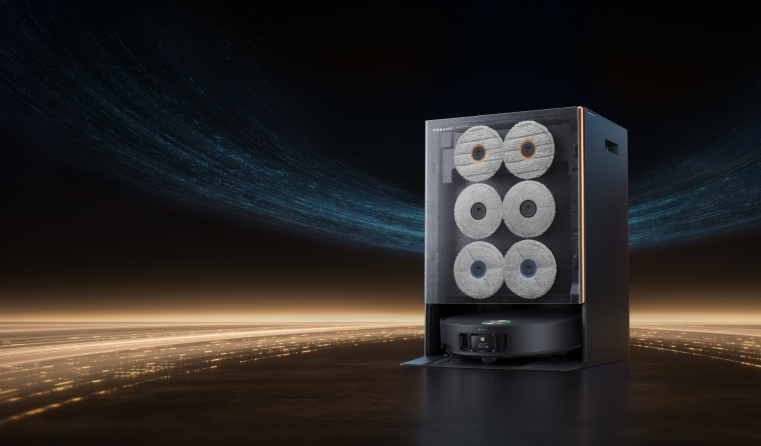

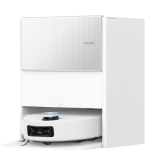
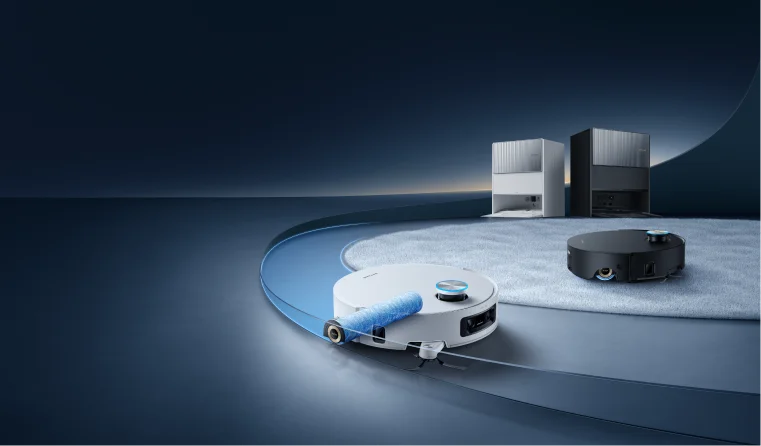

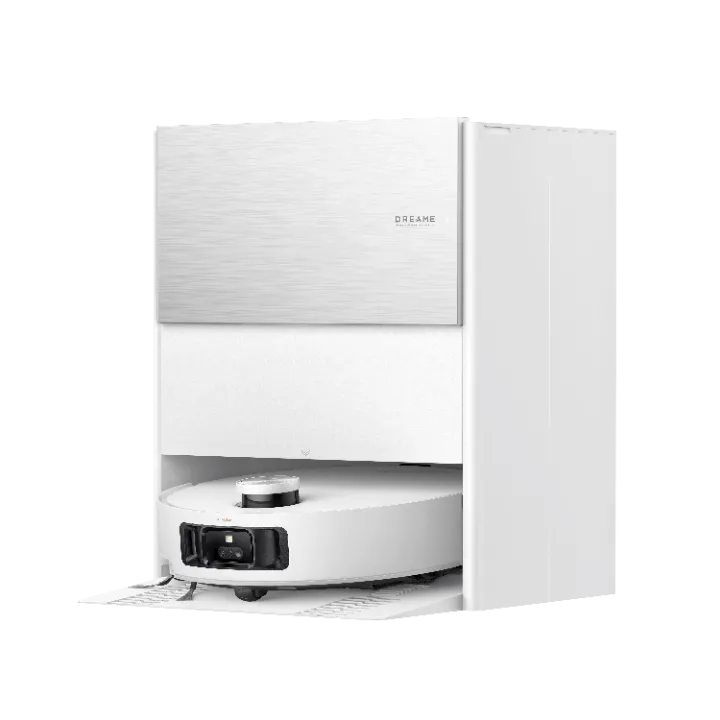



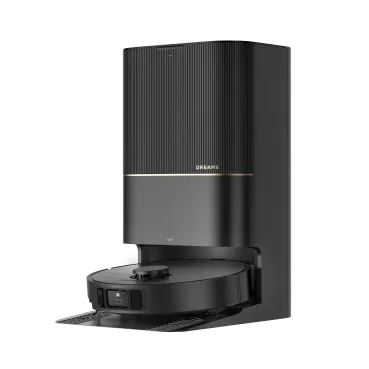
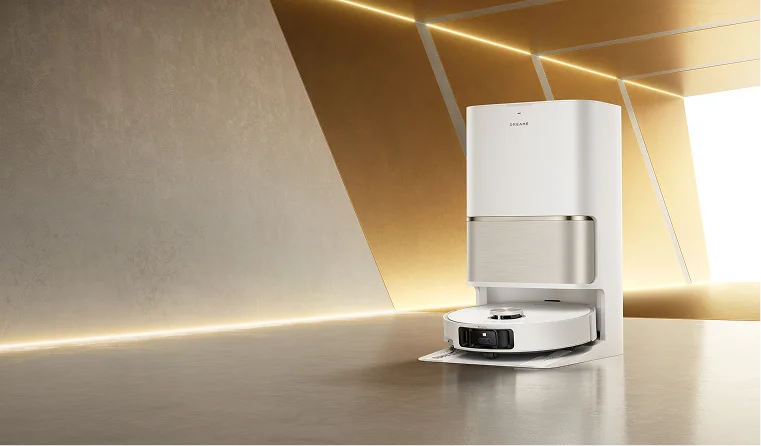
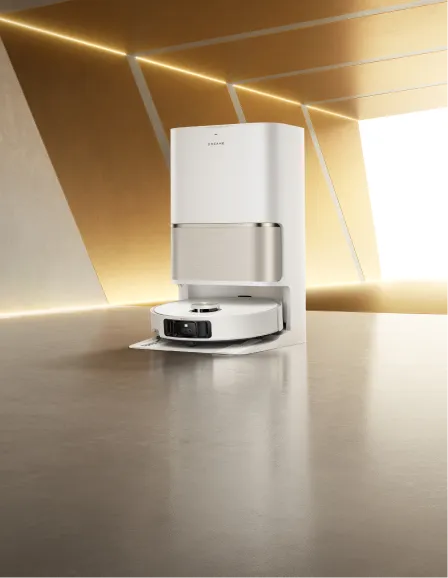
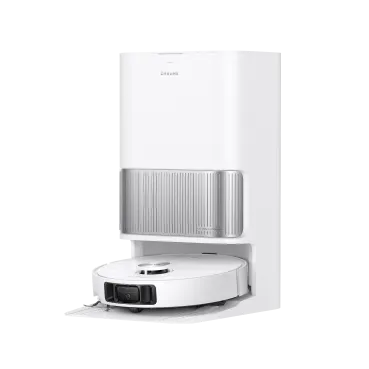


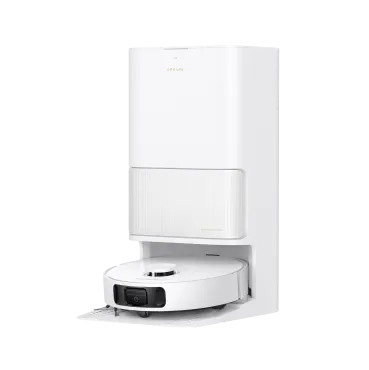
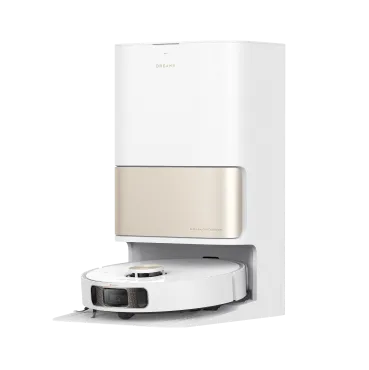
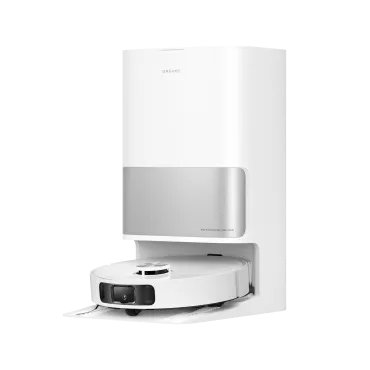
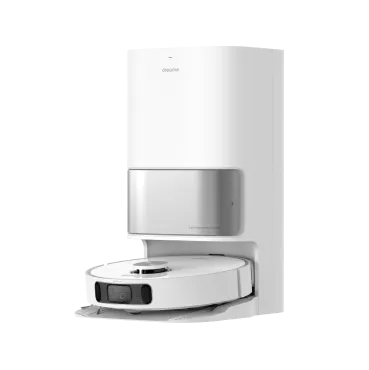
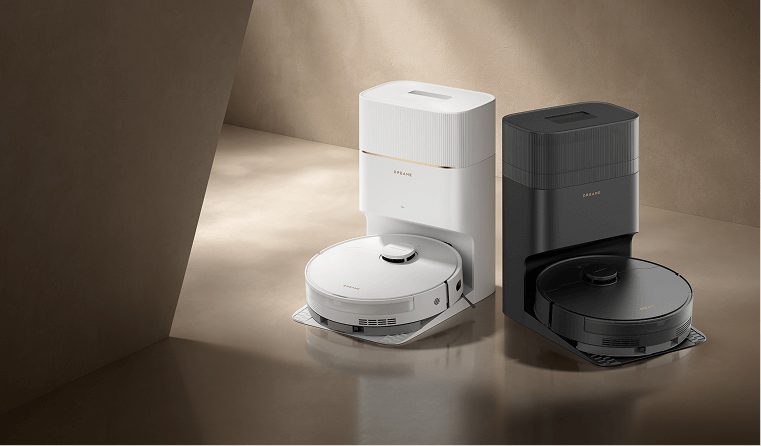
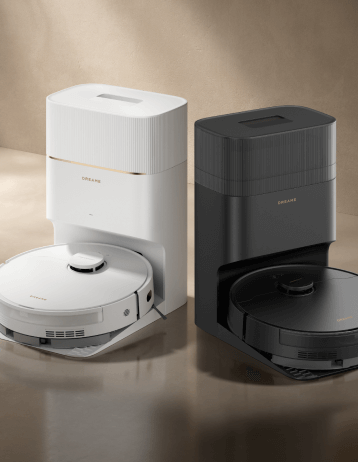
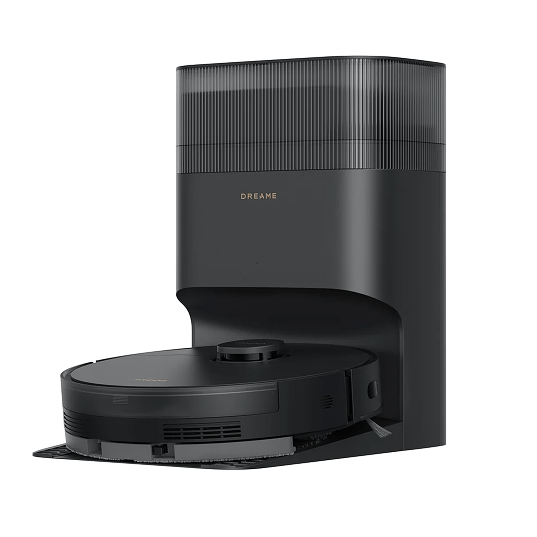

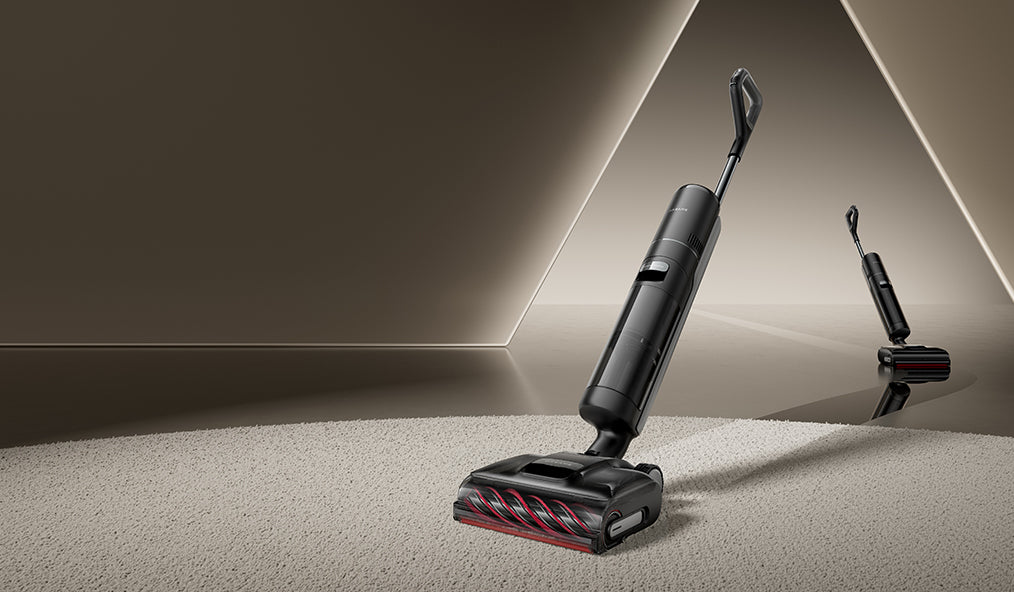
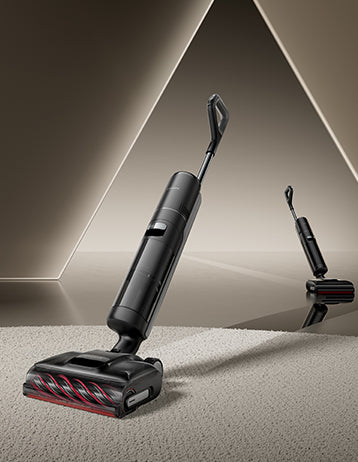
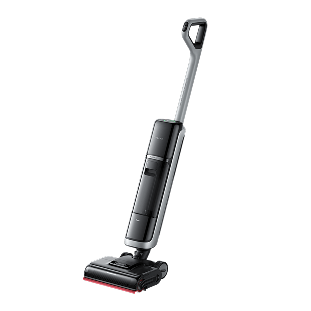
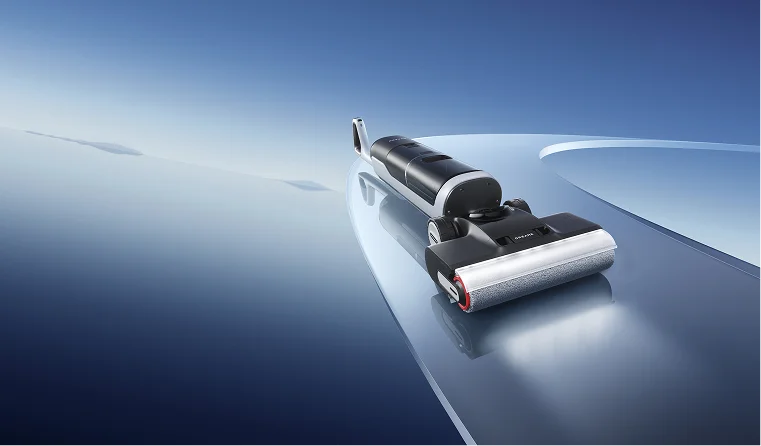
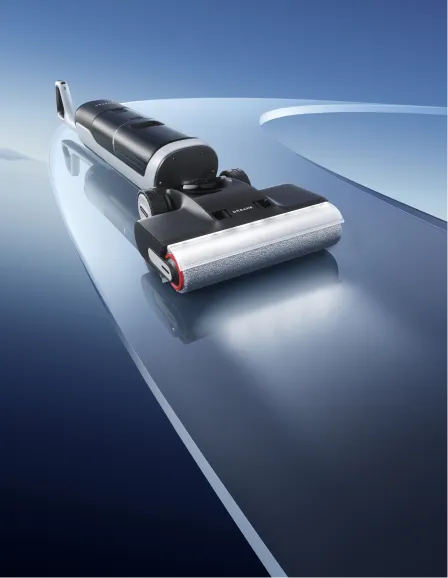
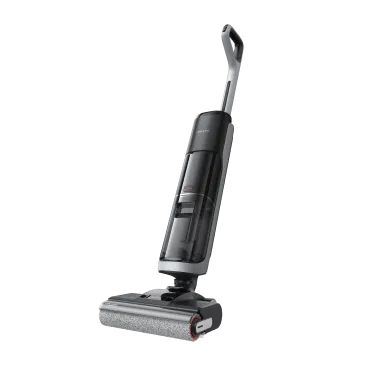
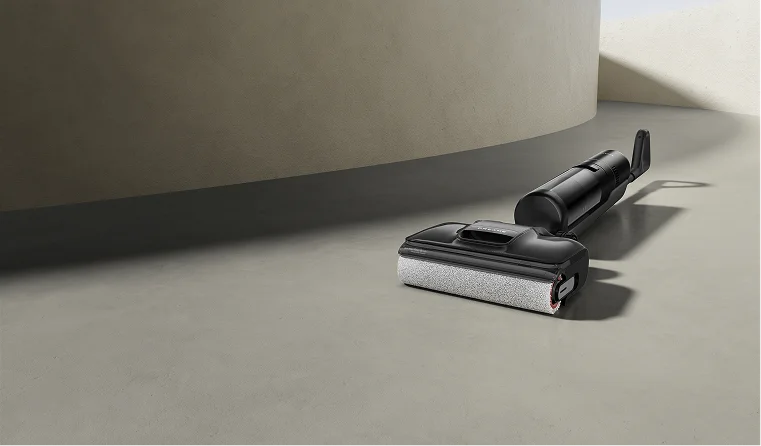
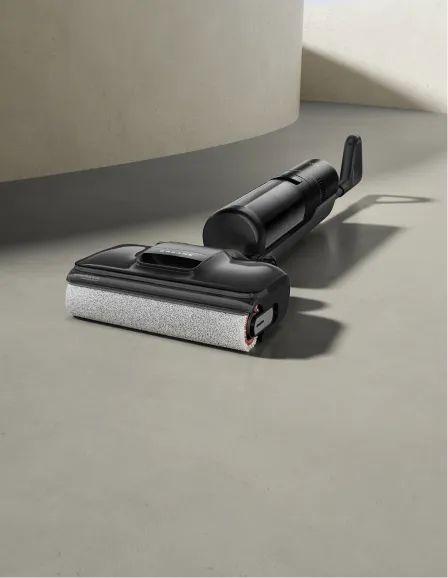
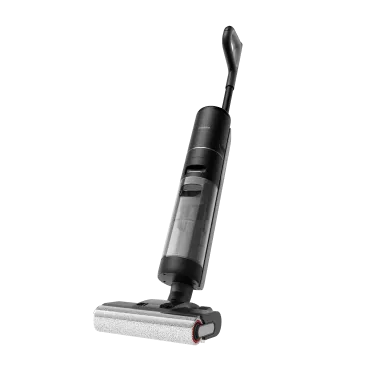


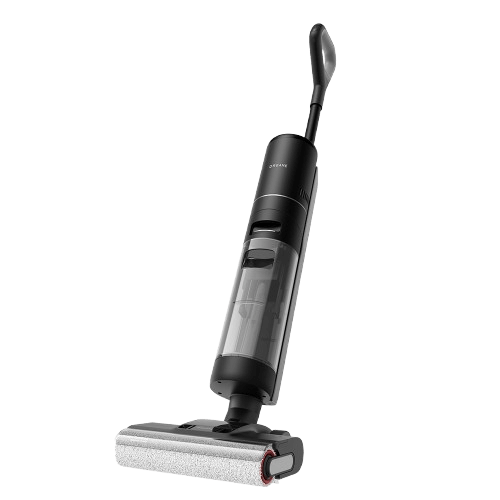
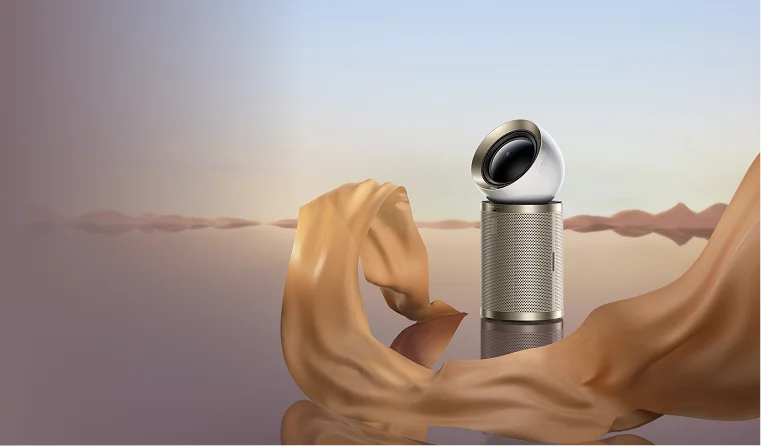
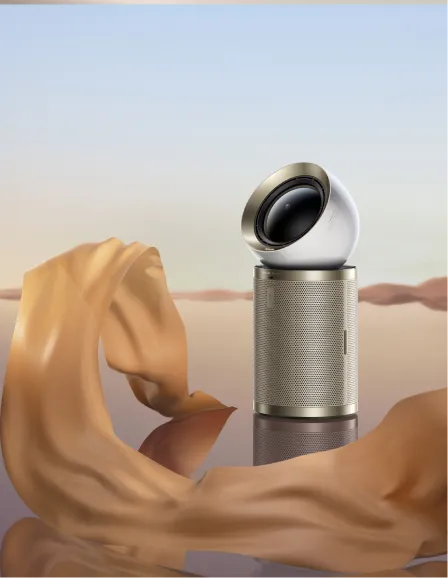

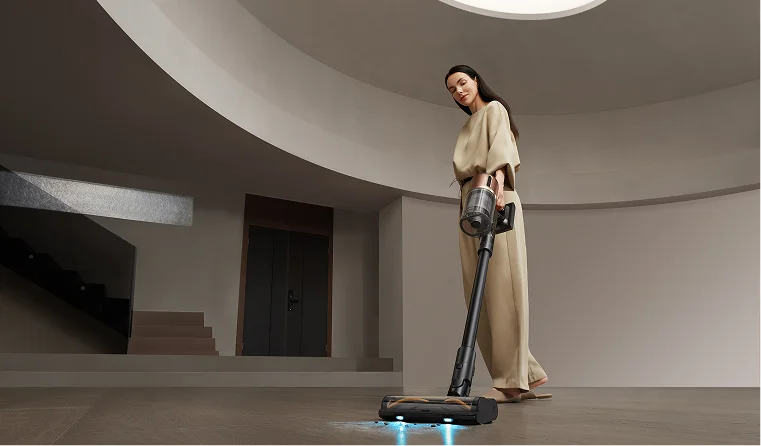
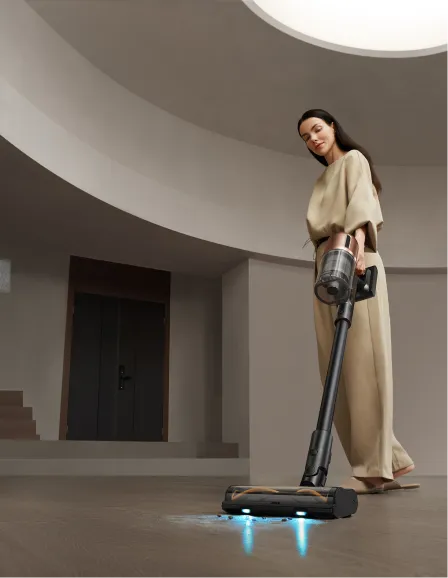
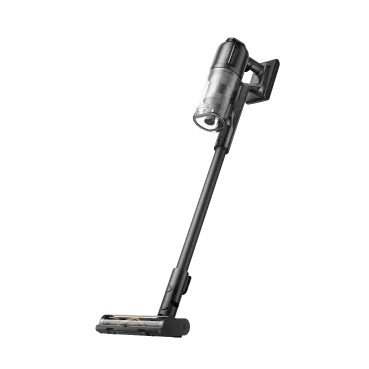
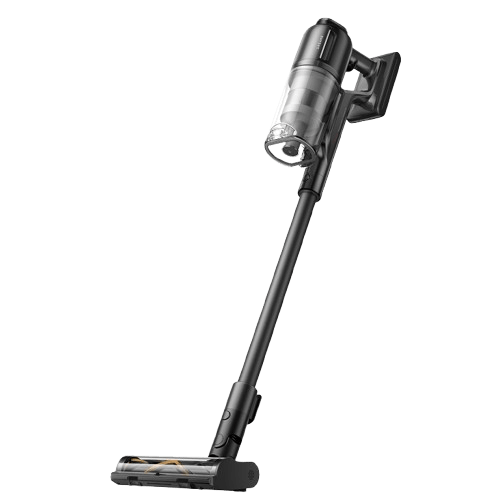
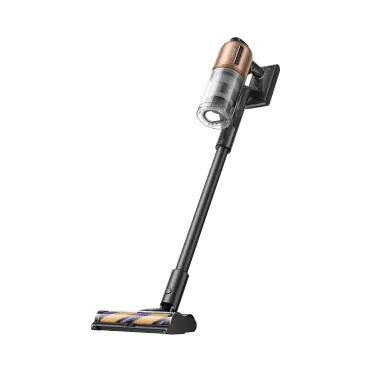

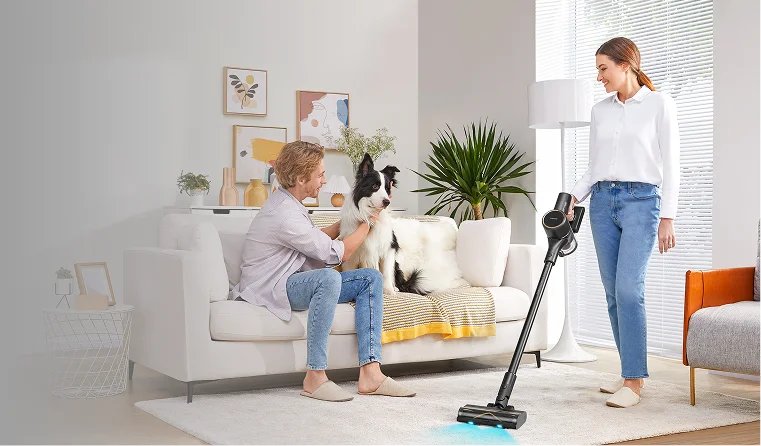


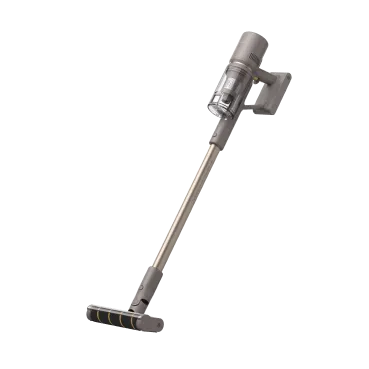
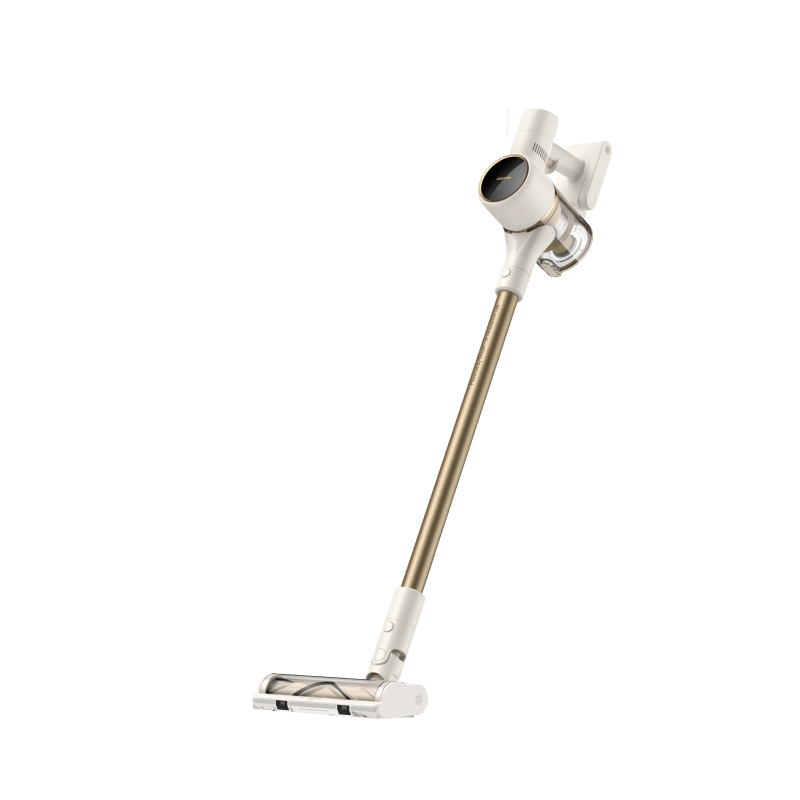
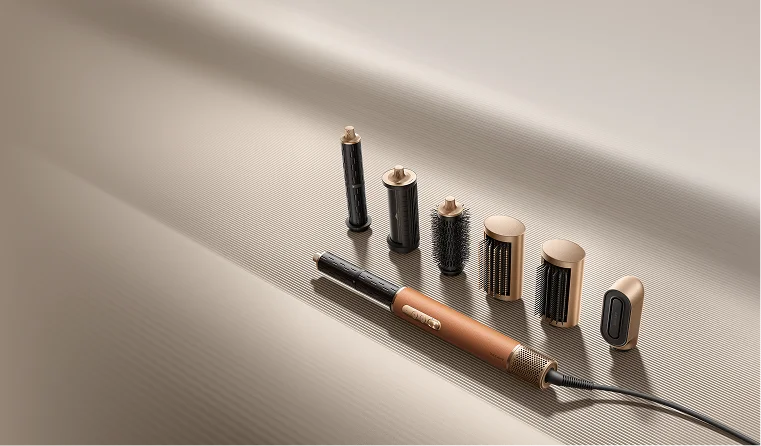

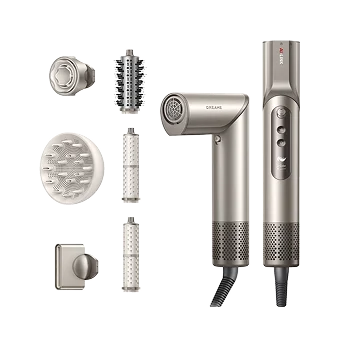
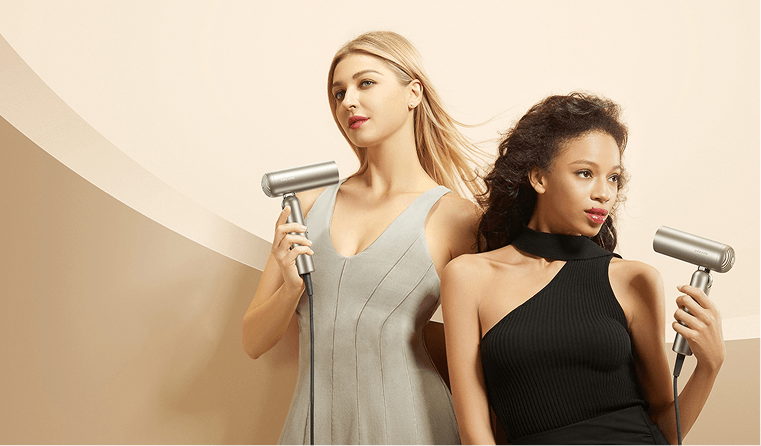


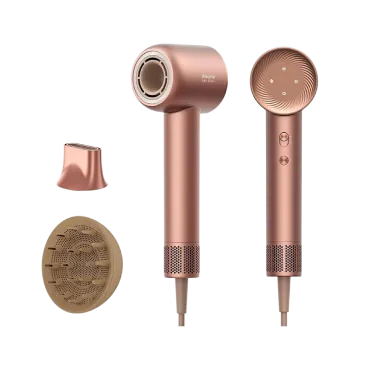

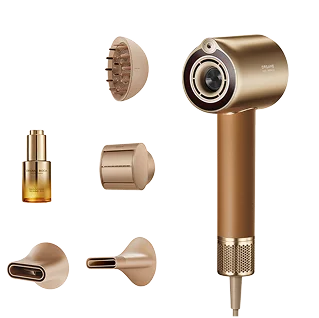


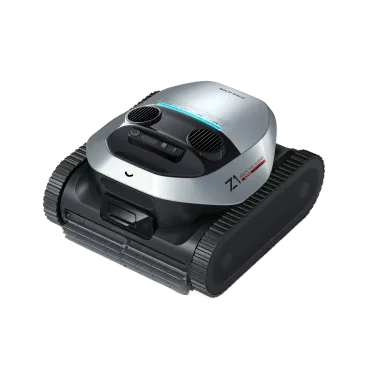









 Australia
Australia 中国大陆
中国大陆 日本
日本


 Türkiye
Türkiye


 Italia
Italia
 Netherlands
Netherlands Belgium
Belgium
 Greece
Greece Polska
Polska
 Norway
Norway
 Sweden
Sweden
 Finland
Finland
 Denmark
Denmark
 Hungary
Hungary Czechia
Czechia
 Slovenia
Slovenia
 Croatia
Croatia
 Switzerland
Switzerland United
Kingdom
United
Kingdom
 Canada
Canada




